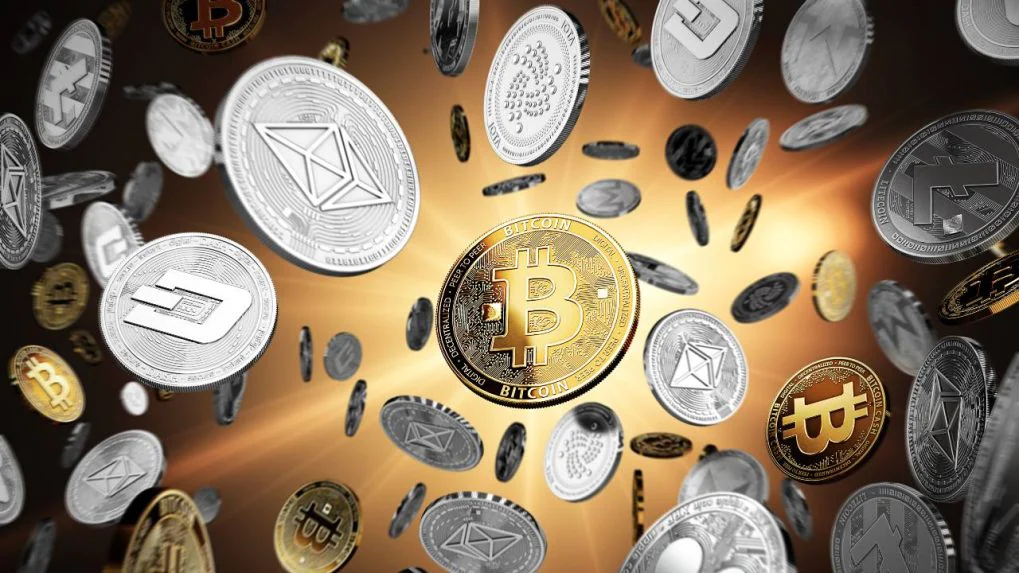Cryptocurrencies have grown explosively over the last few years. Despite severe market corrections triggered by developments across the globe, new investors continue to pour in money into the digital asset. But for those who are only exploring the crypto market yet, there is a lot to learn.
For a novice, it may begin with a question as basic as how to convert their paper currency into a cryptocurrency and back into actual currency when they want to exit the market. So let’s try and simplify this process of entering the world of crypto and how a user can exit.
ON-RAMP TRANSACTIONS
This transaction involves spending your fiat currency (traditional paper money) to purchase some cryptocurrency. An on-ramp transaction leads you out of the centralised financial system and into the decentralised blockchain-powered financial system. Well, then, how do you make this transition between both worlds? Here are your entry points:
1. Centralised Exchanges (CEX)
This is the most common entry point for most crypto transactors. Exchanges like CoinDCX, WazirX and CoinSwitch Kuber in India can help you foray into the crypto world. You can either use your debit card, credit card or even UPI to add funds to your exchange wallet.
Every exchange requires you to create an account if you wish to avail of its services. Upon account creation, the exchange creates a crypto wallet for you where your cryptocurrencies get deposited when you make a purchase. A CEX wallet holds and safeguards your cryptocurrency for you and is called a ‘custodial wallet.’
Beyond a certain limit, you are also required to furnish identification documents, address proof, and your signature (KYC) to authorise high-value transactions. Most CEXs allow you to create an account and transact in low volumes without going through the KYC process. Thus, it is not entirely true that crypto transactions can be executed anonymously; your identity is verified beyond a point.
2. Decentralised Exchanges (DEX) with Application Programming Interface (API)
As more and more users hop onto the crypto bandwagon, the ecosystem is constantly becoming more decentralised. Yet, most users, until recently, have relied on CEXs for on-ramping into crypto markets. This is because DEXs are purely run on blockchain technology, and with no central authority, the on-ramp service is not yet available — where would your fiat currency go in the case of a DEX?
But platforms like MoonPay and Wyre are the answers. These platforms are integrating the KYC process with the DEX system by deploying APIs. These APIs allow two unrelated systems to communicate with each other, thus bridging the gap effectively. All an API does is ‘plug in’ the KYC documentation into the functioning of a DEX, which means that the system remains decentralised with the addition of identity verification.
The advantage of using this on-ramping method is that your purchased crypto is deposited straight into your personal wallet that is entirely in your control – a ‘non-custodial wallet.’
3. NFT Marketplaces
This is the newest and the most popular addition to the crypto universe. Non-Fungible Tokens (NFTs) have been selling like hot cakes for millions of dollars. NFTs are blockchain-backed tokens that establish the ownership of digital assets through all the essential data coded into them. Marketplaces like Rarible and OpenSea have unlocked on-ramping for users who wish to pay using credit/debit cards and purchase NFTs directly. Beyond a certain limit, this method also requires you to complete the KYC process.
The focus on KYC has been constant in the crypto pace to prevent money laundering and financing of unlawful activities.
OFF-RAMP TRANSACTIONS
Now that you know how to board the crypto train let’s take a look at how to get off it. Off-ramp transactions allow you to cash out the crypto assets and regain possession of your fiat currency. Sometimes, you may also avail services in exchange for cryptocurrency. Here are some ways to offload the crypto:
1. Through Exchanges
Exchanges provide the easiest way out of the crypto universe. Over a centralised exchange, you can simply sell your cryptocurrencies, and a commensurate amount of fiat currency will be credited to your exchange wallet. Transactions will be charged with a small service fee as the exchange becomes your facilitator in the process. The service fee varies across exchanges but isn’t much.
Once your wallet shows your credited amount, you can withdraw it to your connected bank account – a process that now takes place instantly. This would earlier take over 24 hours but has been streamlined to a great extent by the exchange developers.
2. Crypto Debit Cards
You can spend your crypto balance just as easily as you spend your cash. And yes, it is as straightforward as swiping your debit card. The objective of introducing the world to cryptocurrencies was to facilitate the transfer of value instantly, securely and cheaply. In 2021, MasterCard partnered with three leading financial service providers to make crypto transacting easier in the APAC region.
3. Goods and Services
This method can only be used in countries where crypto payments are deemed legal. At the moment, El Salvador is the only country that has made Bitcoin its legal tender, and regulatory pushbacks continue to follow. There are also some businesses that have started accepting crypto payments. But we are still quite far from the widespread adoption of crypto payment systems, and experts do not believe that this method will be primarily used to off-ramp just yet.
However, it is advisable to do your research well before entering the world of cryptocurrencies since it is a highly volatile market. It is crucial for you to be abreast of developments and underlying fundamentals before making investment decisions.

No Comments Yet